We have already talked about the Subsequent Nuremberg Tribunals within the framework of the "Nuremberg. Casus pacis" project, where Nazi doctors and Einsatzgruppen were condemned. Today, we will talk about four more trials conducted by the United States - of Field Marshal Milch, Nazi judges, SS inventory clerks, and employees of German industrialist Flick. All these trials against a variety of defendants had a solid evidentiary basis; however, the final punishment was often quite lenient.
Reich's Servants Before the Trial
Cases of Nazi inventory clerks, judges, and accountants, examined at the Subsequent Nuremberg Tribunals.

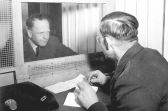

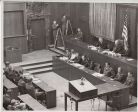


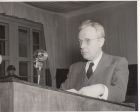
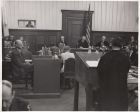

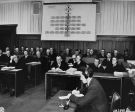
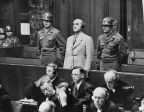

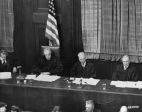

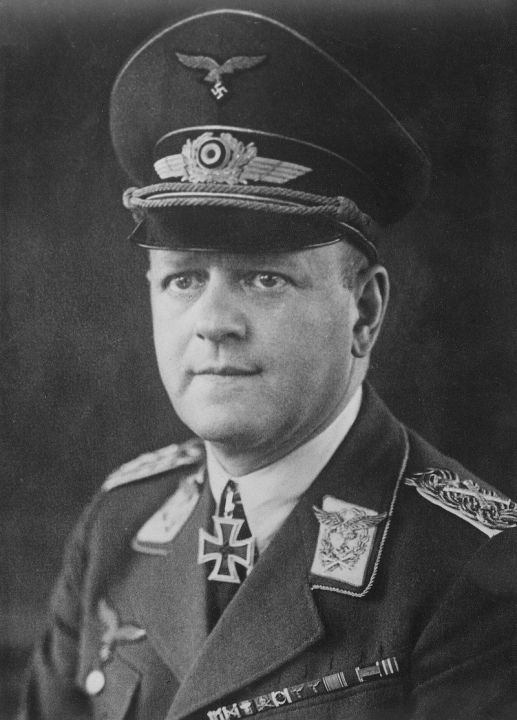
Field Marshal General Erhard Milch, state secretary at the Reich Ministry of Aviation (deputy to Hermann Göring) and inspector general of the Luftwaffe.
The second of the Subsequent Nuremberg Tribunals was of one of Hermann Göring’s closest associates, inspector general of the Air Force (Luftwaffe) of the Third Reich, Field Marshal General Erhard Milch. He testified before the International Military Tribunal as a defence witness, but at that time he found himself as a defendant.
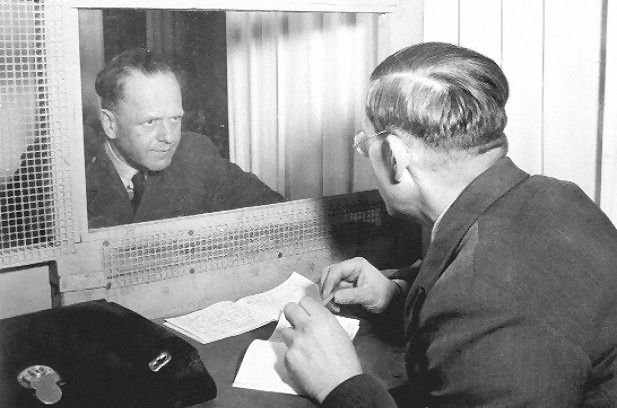
Erhard Milch (left) at a meeting with his brother Werner, who acted as assistant counsel at the trial.
Milch was the only person on the dock. He was charged with three counts of organising businesses using slave labour, of using prisoners of war in hostilities against their countries in violation of international law and the laws and customs of war; of participation in medical experiments on people without their consent; of responsibility for slave labour and lethal experiments referred to in the first two paragraphs. The field marshal pleaded not guilty.
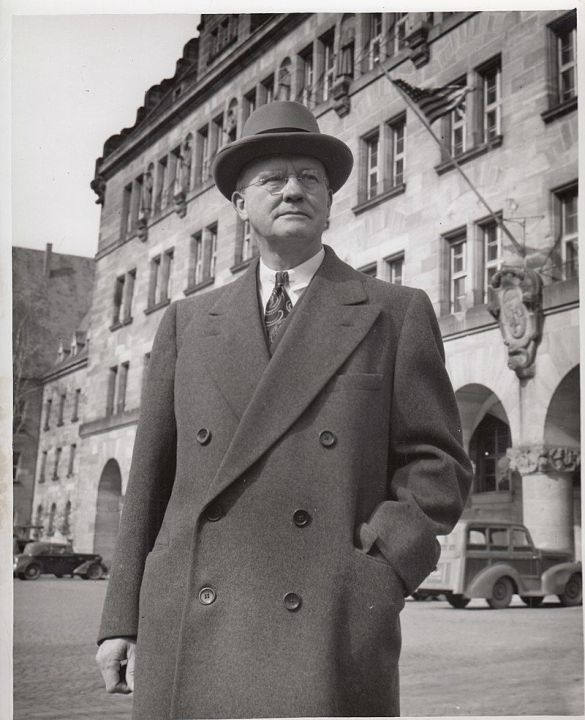
Robert M. Toms, presiding judge of Military Tribunal II in the Milch Trial.
The trial took place from 2 January to 17 April 1947. Milch was found guilty on the first and third counts and sentenced to life imprisonment.

Judge Fitzroy Donald Phillips reads the sentence in the Milch Trial.
His imprisonment didn’t last long. In 1951, the high commissioner for the Federal Republic of Germany, John McCloy, commuted his sentence to 15 years in prison. Three years later, in June 1954, the prisoner was released. One of the main creators of the Luftwaffe, to whom Göring referred as "I am the one to decide who is Jewish and who is not", did not return to political or military activities and worked as an industrial consultant. Milch died in the 80th year of his life, on 25 January 1972.
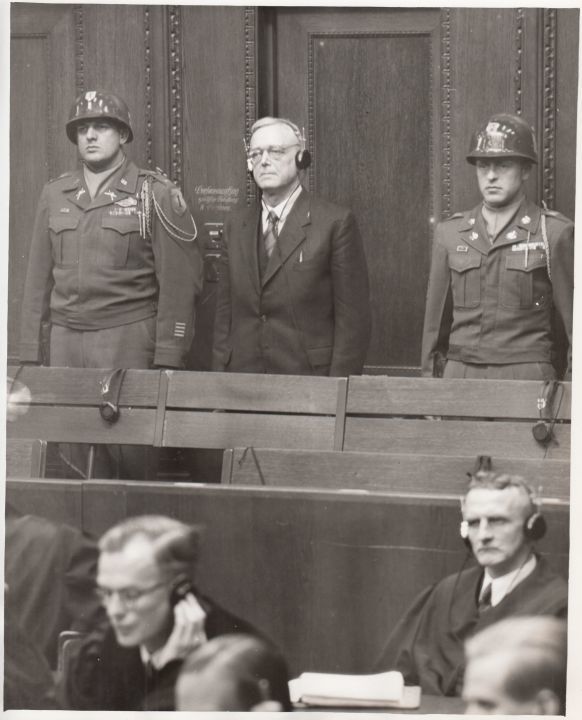
Ernst Lautz (chief public prosecutor of the People's Court in the Third Reich) was sentenced to 10 years imprisonment at the third of the 12 Subsequent Nuremberg Trials ("The Justice Trial")
After Milch, Nazi judicial officials were tried in Nuremberg. It was a unique precedent and a particularly cruel irony: those who had been called upon to do justice had become criminals themselves.
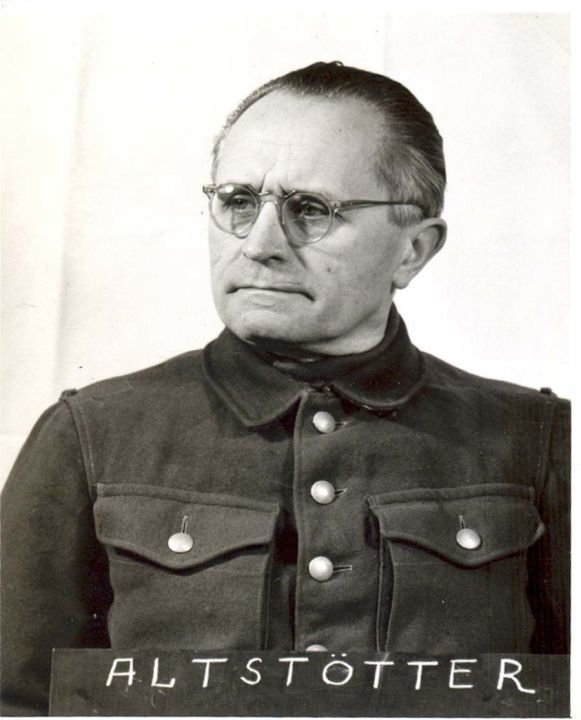
Josef Altstötter, chief of the civil law and procedure division of the German Ministry of Justice under the Nazi regime
14 persons were tried in the United States - members of the Ministry of Justice, members of the People’s Court (the Higher Extraordinary Court of the Reich), the heads of the Special Court in Nuremberg and the Special Court in Stuttgart. Two persons escaped prosecution - one committed suicide, and the other became seriously ill during the hearing.
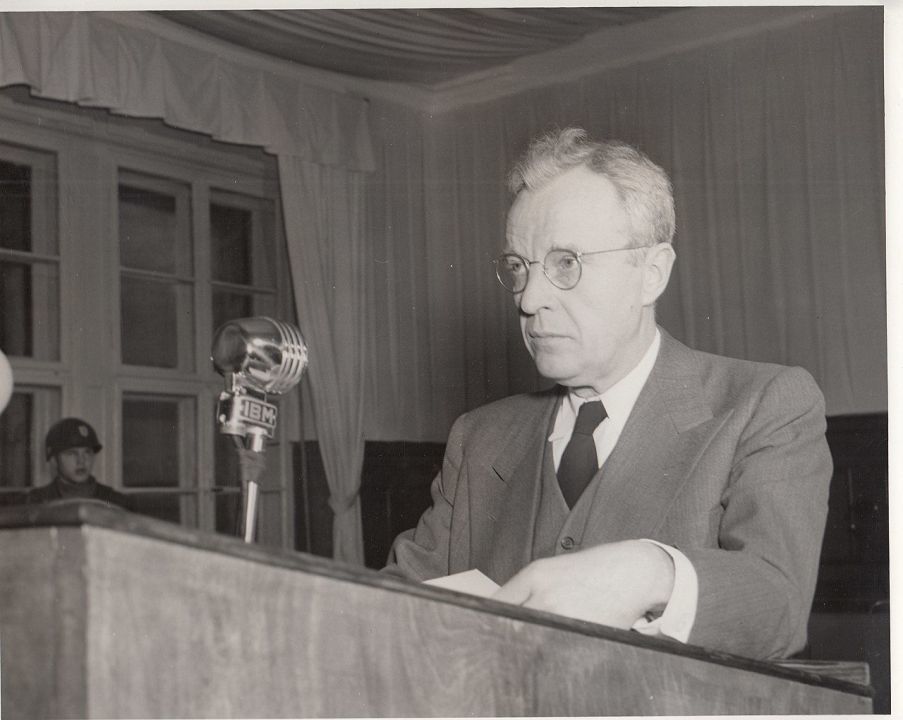
Charles M. LaFollette was deputy chief of counsel for the prosecution in the Justice Trial (third trial of the Subsequent Nuremberg Trials)
The indictment included four counts: general plan or conspiracy; war crimes by abuse of judicial power; crimes against humanity; membership in organisations recognised as criminal by the International Military Tribunal (SS and NSDAP). The first count was dismissed, being outside the jurisdiction of the trial, while the fourth count was limited to individual defendants. All 16 defendants pleaded not guilty.
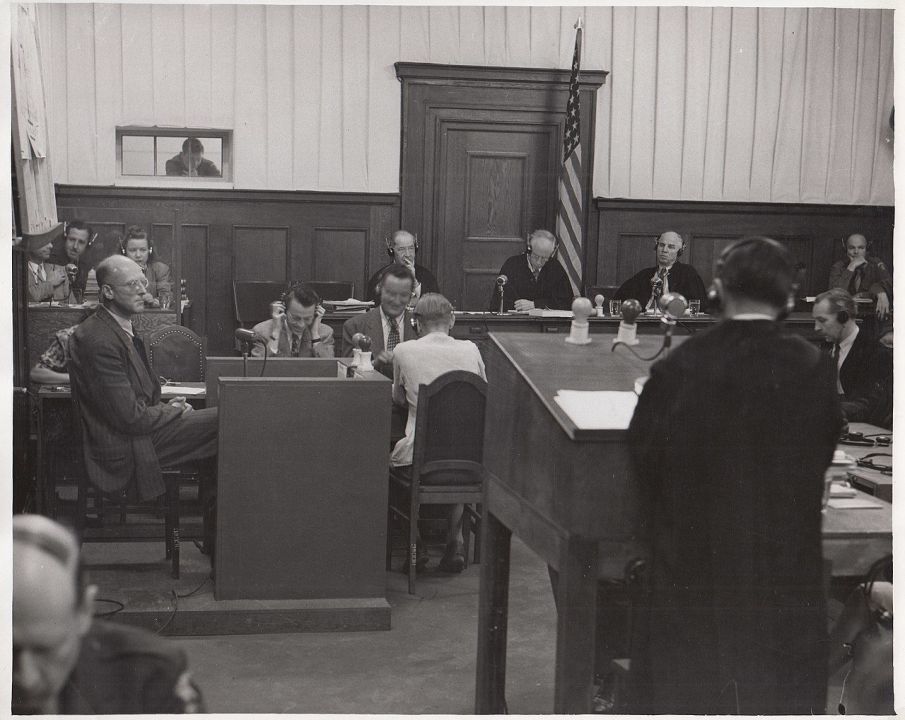
Examination of Dr Hans Gramm, a defence witness in the Justice Trial, at the third of the 12 trials of the Subsequent Nuremberg Trials.
The trial opened on 5 March and delivered its verdict on 4 December 1947. Four defendants were sentenced to life imprisonment and six to prison terms ranging from 5 to 10 years. Almost all of them were released on parole in 1950-1956, and only one person had died in prison before that time. Four other defendants were acquitted.
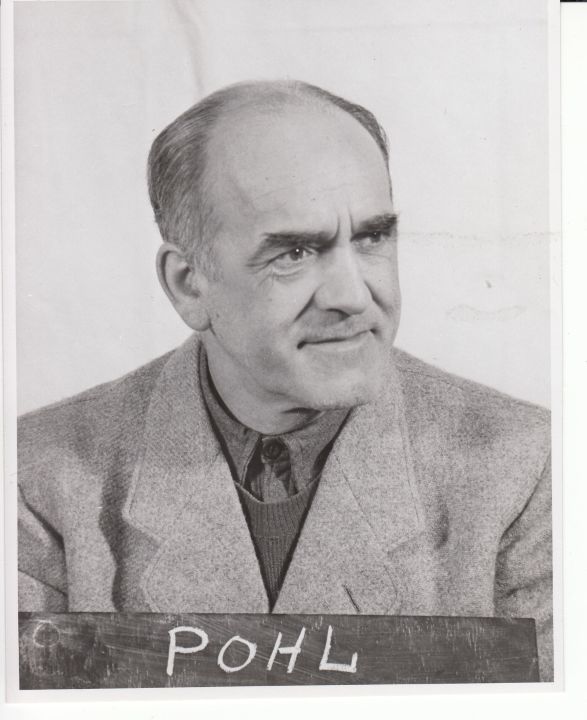
Oswald Pohl, head of the SS Main Economic and Administrative Office
From 8 April to 3 November 1947, the cases of employees of the SS Main Economic and Administrative Office, involved in the implementation of the "final solution to the Jewish question", were examined. 18 persons, led by the head of that department, Oswald Pohl, were brought to trial.
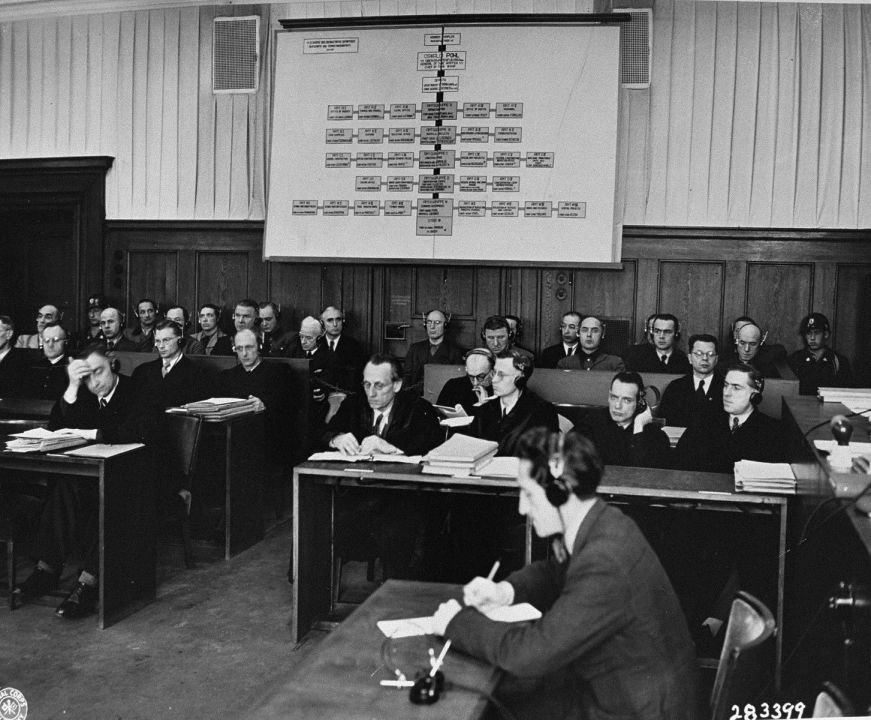
The defendants and their legal counsels during the hearing of the "Pohl trial" (Fourth trial of the Subsequent Nuremberg Trials)
The indictment consisted of the same four counts: general plan or conspiracy; war crimes in concentration camps and death camps; massacres and atrocities; crimes against humanity and slave labour; membership in a criminal organisation (the SS).
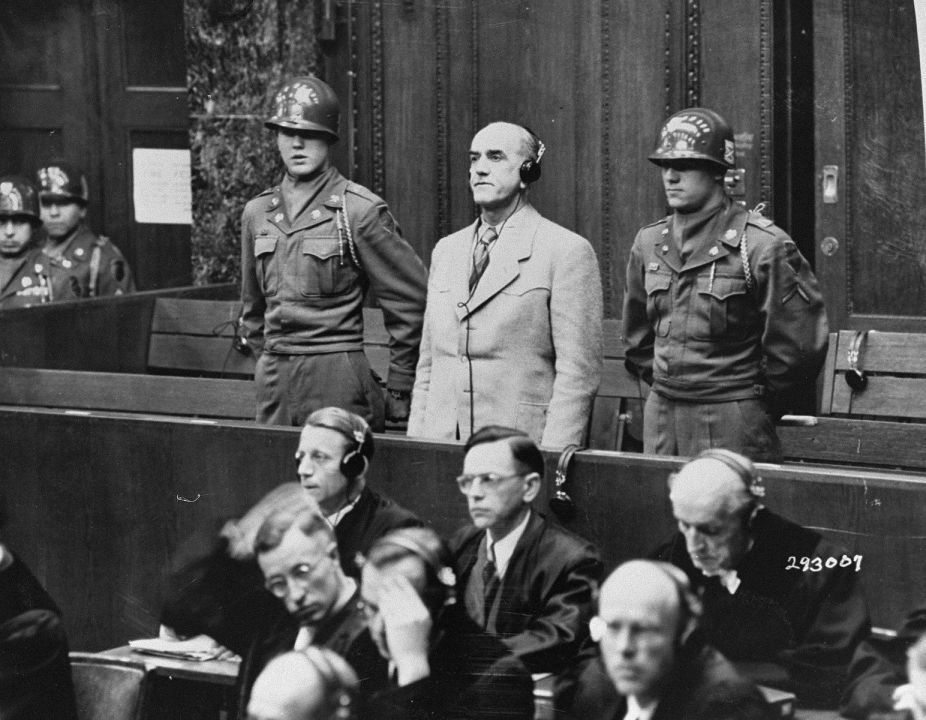
Oswald Pohl during the imposition of the death penalty
The court handed down four death sentences, three life sentences and eight long prison terms. Three other defendants were acquitted. Eventually, only Oswald Pohl was hanged - many others had their sentences commuted.
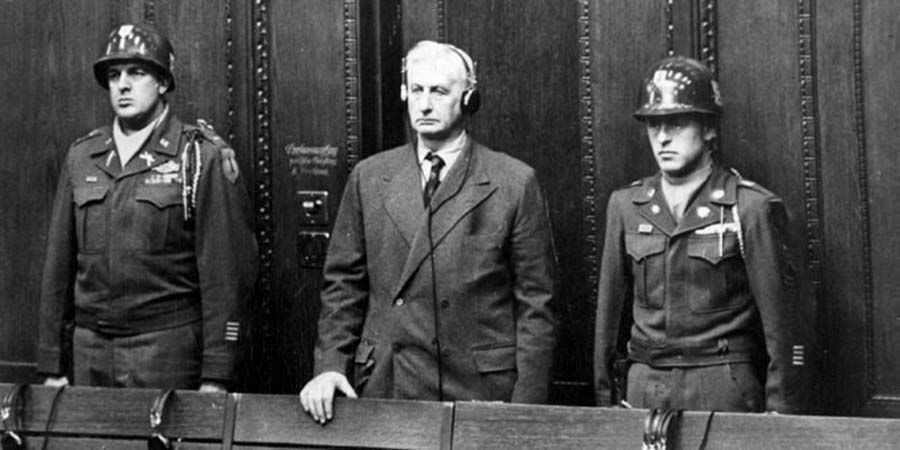
German industrialist Friedrich Flick awaits the verdict of the war crimes trial, or Flick trial, in Nuremberg on 22 December 1947
The fifth Subsequent Tribunal, which was the first trial of German industrialists, was that of Friedrich Flick. Besides the tycoon, who had provided financial support to the Nazis, five high-ranking executives (today we would call them top managers) of his businesses were on the dock as well. They were tried from 19 April to 22 December 1947.
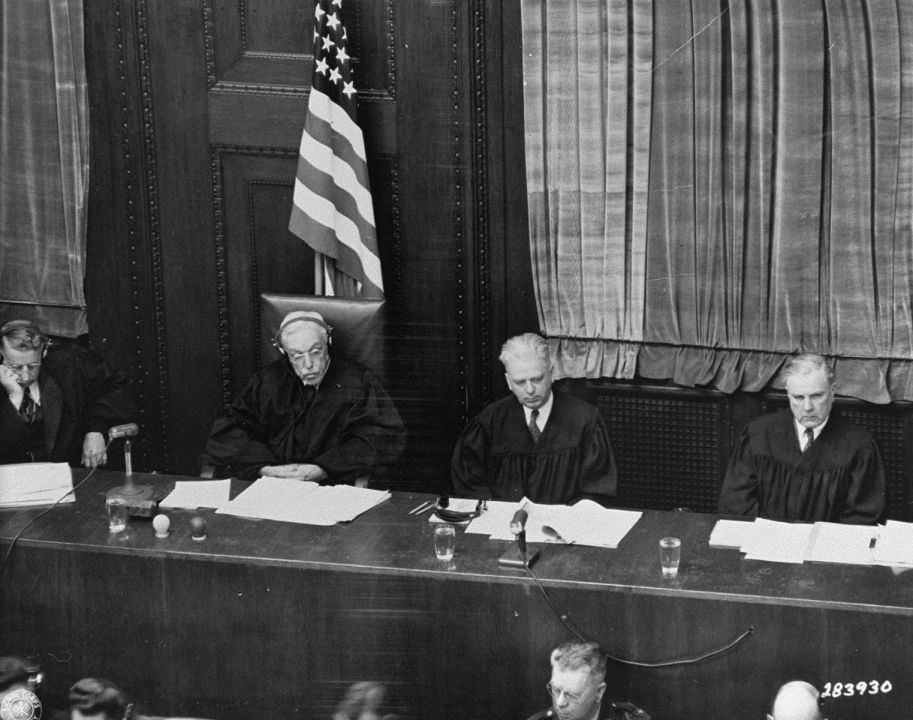
Judges of the Military Tribunal at the Flick trial (the fifth of twelve Nazi war crimes trials held by United States authorities in their occupation zone in Germany (Nuremberg) after World War II). From left to right: Frank N. Richman, former Indiana Supreme Court justice, Charles B. Sears (presiding judge), former chief judge of the New York Court of Appeals, William C. Christianson, former Minnesota Supreme Court justice, and Richard D. Dixon, former North Carolina Superior Court judge, as an alternate judge.
The indictment consisted of five counts: war crimes and crimes against humanity by participating in the deportation and enslavement of civilians and concentration camp prisoners used for slave labour in the factories and mines of Flick’s enterprises; war crimes and crimes against humanity through looting and seizure of property in the occupied territories, as well as the seizure of factories in the west and east; crimes against humanity through participation in the persecution of Jews and the "Aryanisation" of Jewish property; membership in the NSDAP criminal organisation and "Circle of Friends of the Economy"; membership in the SS criminal organisation. The trial rejected the third count, declaring that events prior to the outbreak of the Second World War were not within its jurisdiction. All the defendants pleaded not guilty.
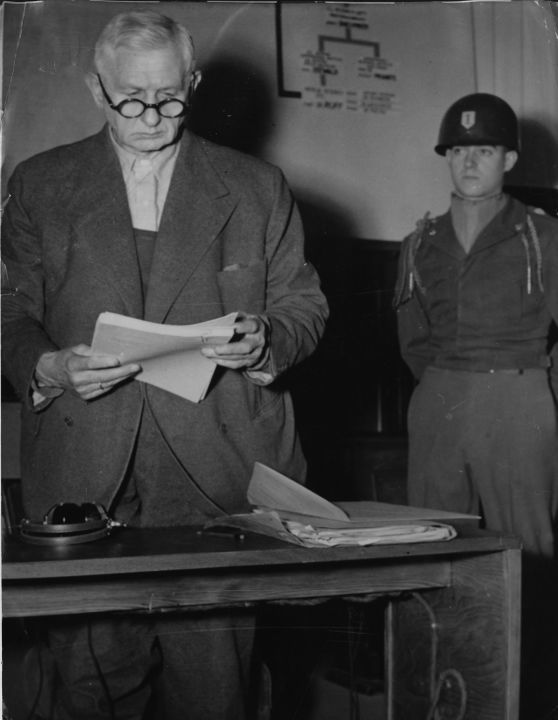
Industrialist Friedrich Flick reads an indictment before a trial court in Nuremberg.
Three of the accused were acquitted. Friedrich Flick was sentenced to seven years in prison, Otto Steinbrinck to five years, and Odilo Burkart to two and a half years. Steinbrinck died in prison, Flick and Burkart served their terms and were released.























